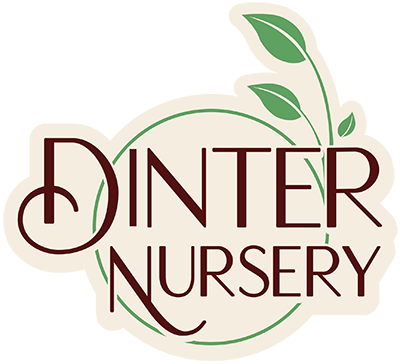Mediterranean Gardening
Drought tolerant and deer resistant, the two most desirable plant traits for Cowichan Valley gardeners. A simple, yet underutilized solution to this horticultural challenge is embracing the Mediterranean garden style.
Pictured: Rockrose (Cistus sp.)
Mediterranean Garden Basics:
Style:
A great diversity of foliage colour, amazing scents, with the dominant flower colours being white, purple, yellow, and pink.
If not receiving supplemental summer water this garden style is strongly seasonal, with an appearance that changes profoundly between flowering and dormant periods. Flowering periods are predominantly in spring and summer, after which many Mediterranean plants will stop flowering in the summer. In the fall many species will put out another flush of growth.
Many Mediterranean plants remain visually attractive through the year due to evergreen foliage
Pictured: Blue beard (Caryopteris sp.)
Plants:
Silver shades of lavenders, sages and rockroses
Leathery leaves of Olearia haastii, Viburnum davidii and Arbutus unedo
Fuzzy foliage of Phlomis, Perovskia and Stachys will dominate in the garden
Many Mediterranean plant are deer-resistant
Environment:
Extended periods of drought, strong coastal winds, and poor, stony soil
Nutrient-poor soil with excellent drainage
Full sun is ideal, but many Mediterranean plants grow in partial shade
Despite Cowichan Valley receiving more precipitation than Mediterranean climatic regions, the rugged topography, yearly rainfall patterns, temperature fluctuations and summer dormant vegetation of the Cowichan Valley are characteristic of many Mediterranean regions.
Maintenance:
Weeds are less likely to spread aggressively, and maintenance will focus more on thinning self-seeding perennials adapted to these nutrient-poor conditions.
Mulches should be inorganic, to not add nutrients to the soil.
The water requirements of these plants is minimal, and water should only be given until plants are established, generally only the first summer.
Perennials and herbaceous herbs should be cut to the ground in spring.
Some evergreen Mediterranean shrubs do well being sheared in early spring or late summer to maintain a formal shape. It is important to ensure you know the growth habit and flowering time of shrubs before shearing them.
Many sub shrubs, such as Salvia officinalis and Hyssopus officinalis, benefit from a hard prune in early spring once growth begins, to encourage dense and full growth.
Establishing a Mediterranean garden:
If plants are to thrive in the Mediterranean garden, they require conditions that mimic their conditions in the wild. Many of these plants thrive in thin, nutrient-poor limestone soil, with sharp drainage and full sun. If you garden on heavy, moisture-retentive clay this is the time to cut your losses and choose a more suitable style for your garden.
Planting is ideal in the fall (September or October), so plants have all winter to establish their root systems before hot, dry summer weather. If planting in the spring, plant in March or April. More supplemental watering the first summer will be required for spring plantings than for fall plantings. Soil does not need to be amended with organic matter. If soil does not drain well, adding sand can increase drainage.
After planting, mulch with some rock or gravel. Some Mediterranean plants will self-seed and if this is desirable the smaller the size of rock used for mulch, the more likely seedlings will be able to establish. Pea gravel is ideal.
Top Mediterranean Plants:
** only deer-resistant plants are listed
Perennials:
Allium
Ballota
Calamintha
Euphorbia
Hyssopus officinalis
Lavender
Marrubium
Nepeta
Perovskia
Phlomis russeliana
Santolina
Stachys
Teucrium chamaedrys
Herbs: oregano, thyme, sage, marjoram, savory, rosemary
Pictured: Russian Sage (Perovskia sp.)
Conifers:
Cupressus
Juniper
Grasses:
Calamagrostis brachytricha
Stipa gigantea
Stipa tenuissima
Note: Grasses are often encouraged to be used in xeriscaping or low water use gardens, but many grasses evolved in grasslands or plains that receive summer rainfall. When selecting a grass for a mediterranean garden be sure that it truly is adapted to dry summer climates.
Shrubs:
Arbutus unedo ‘Compacta’
Caryopteris
Cistus
Hypericum
Myrica (Myrtle)
Olea (Olive)
Olearia
Phlomis fruticosa
Potentilla
Viburnum
Vitex
Pictured: Cinquefoil (Potentilla sp.)
Recommended reading:
Bringing the Mediterranean into your Garden: how to capture the natural beauty of the garrigue by Olivier Filippi
The Dry Garden by Beth Chatto




